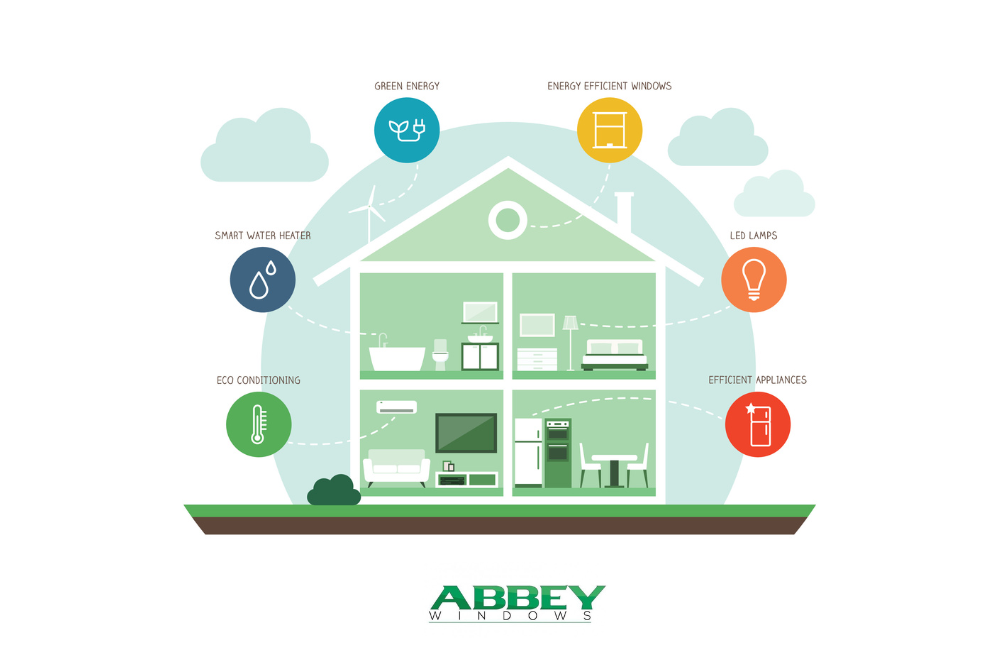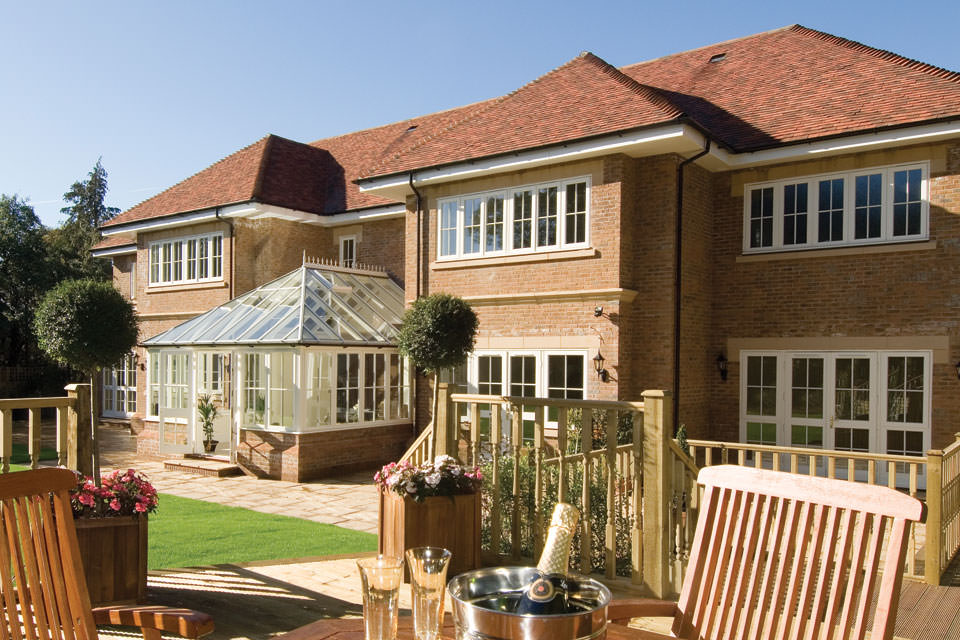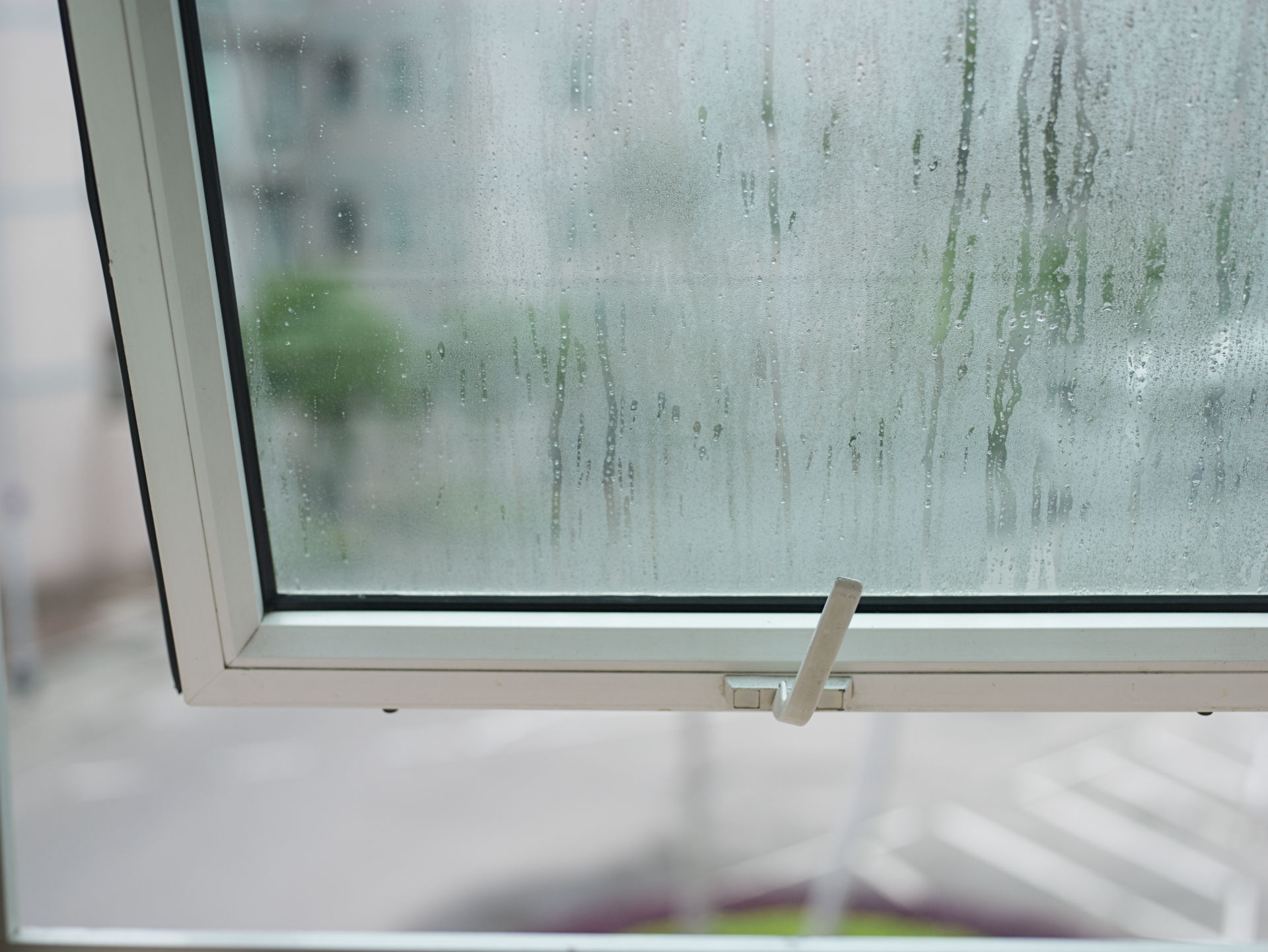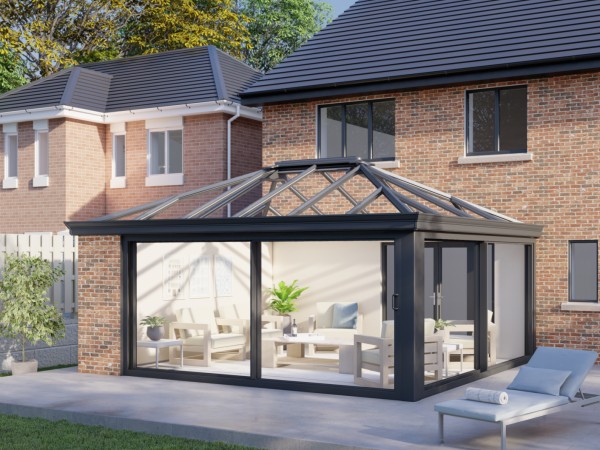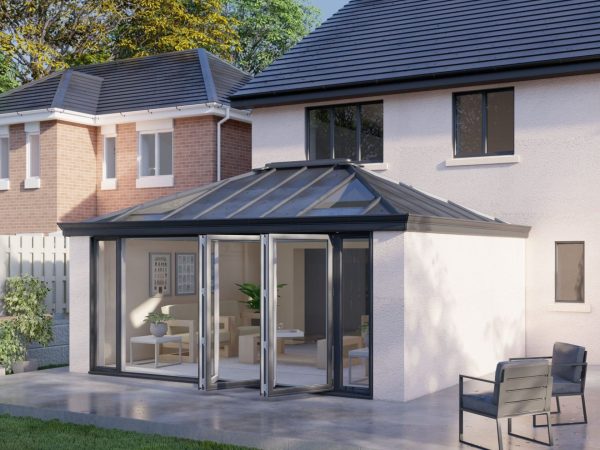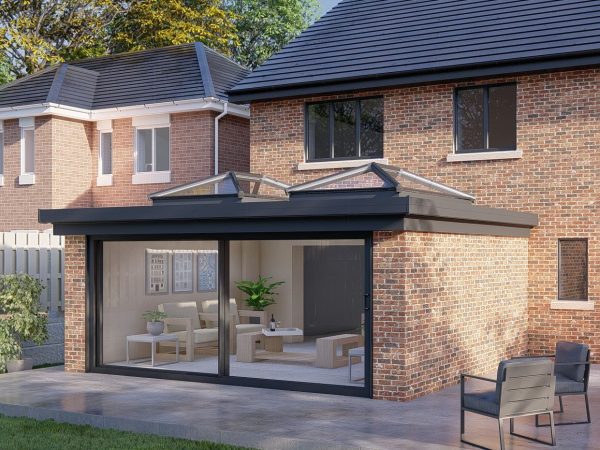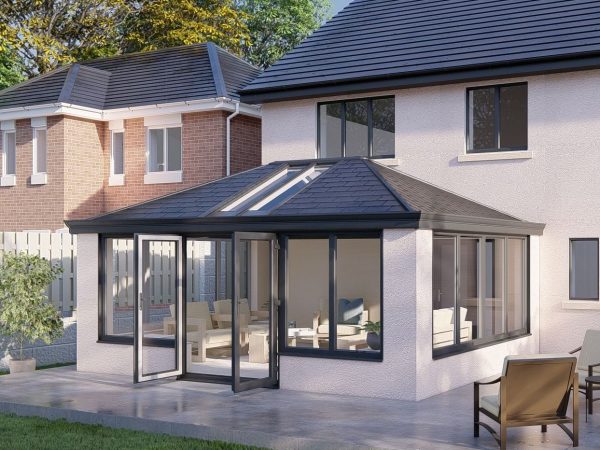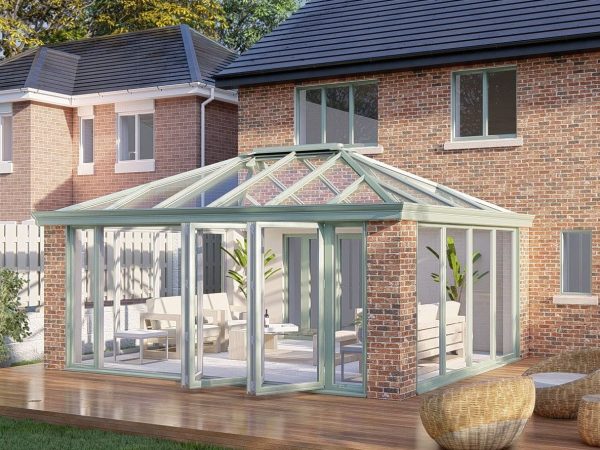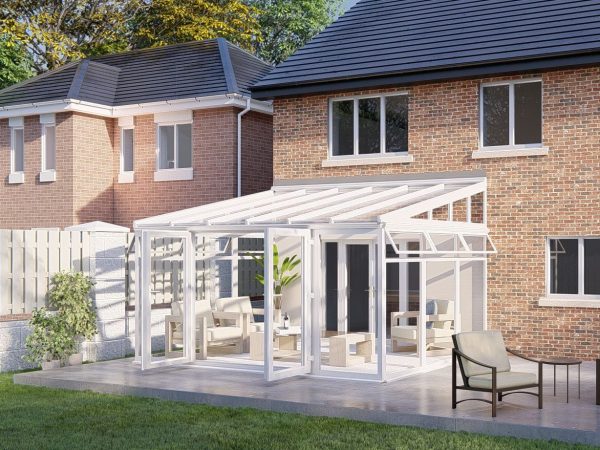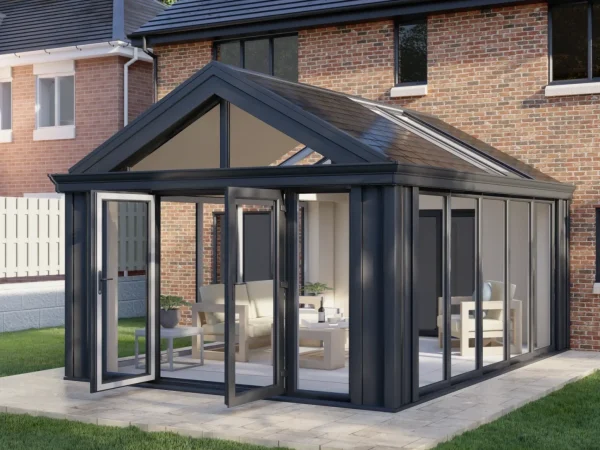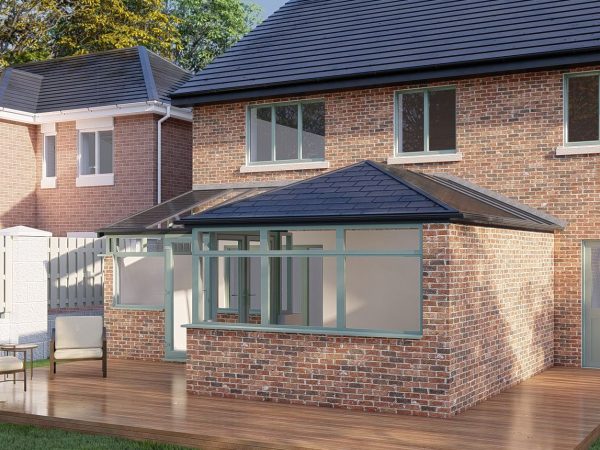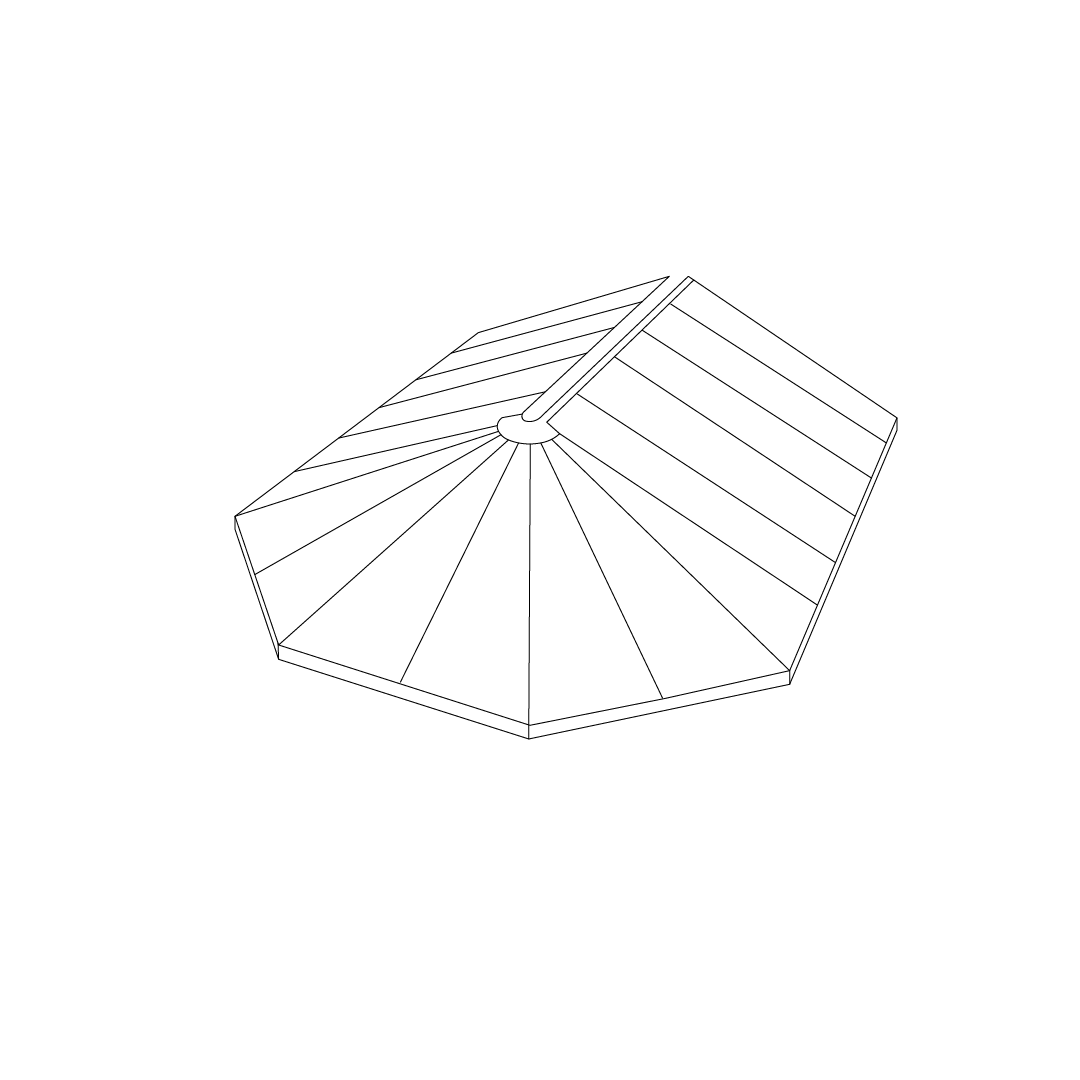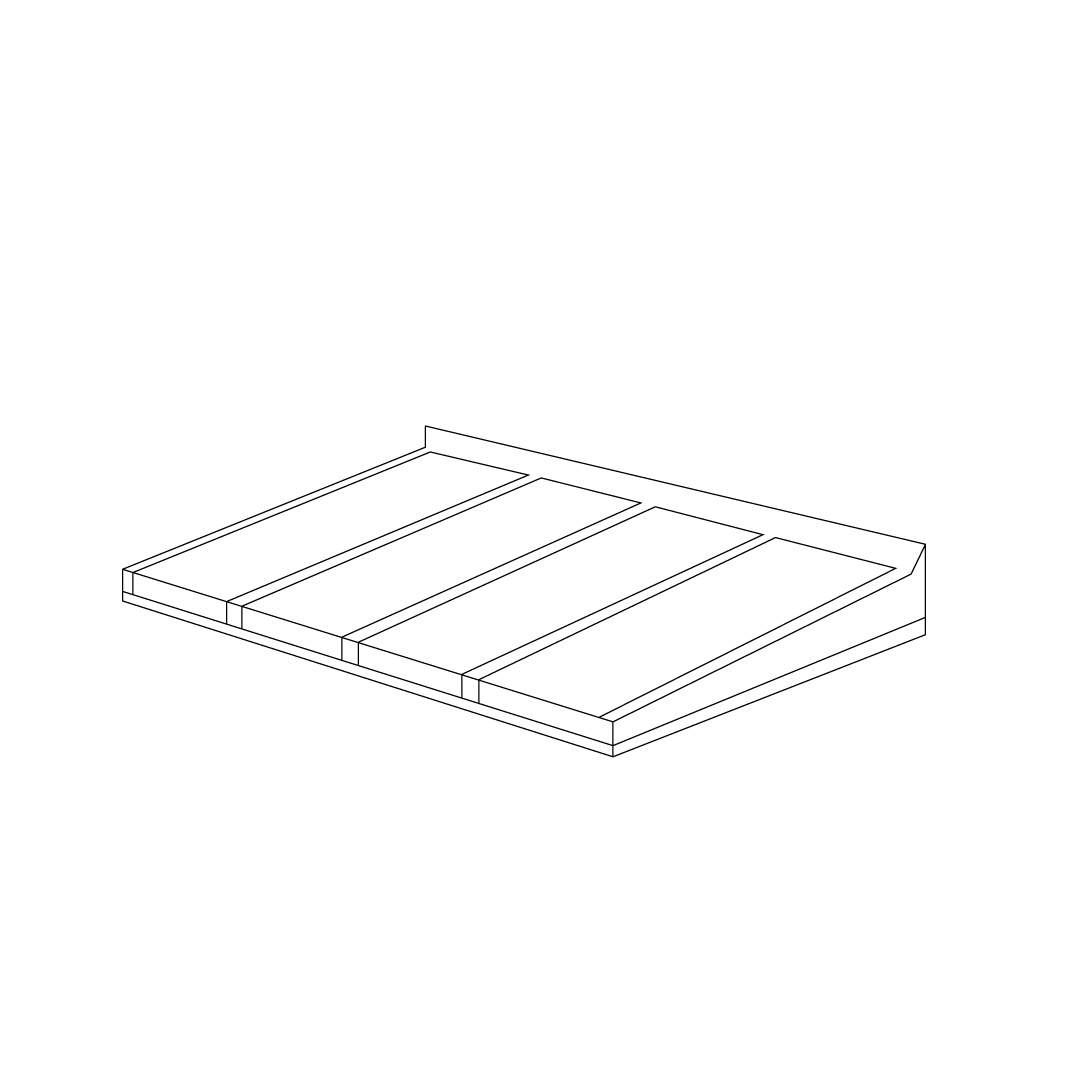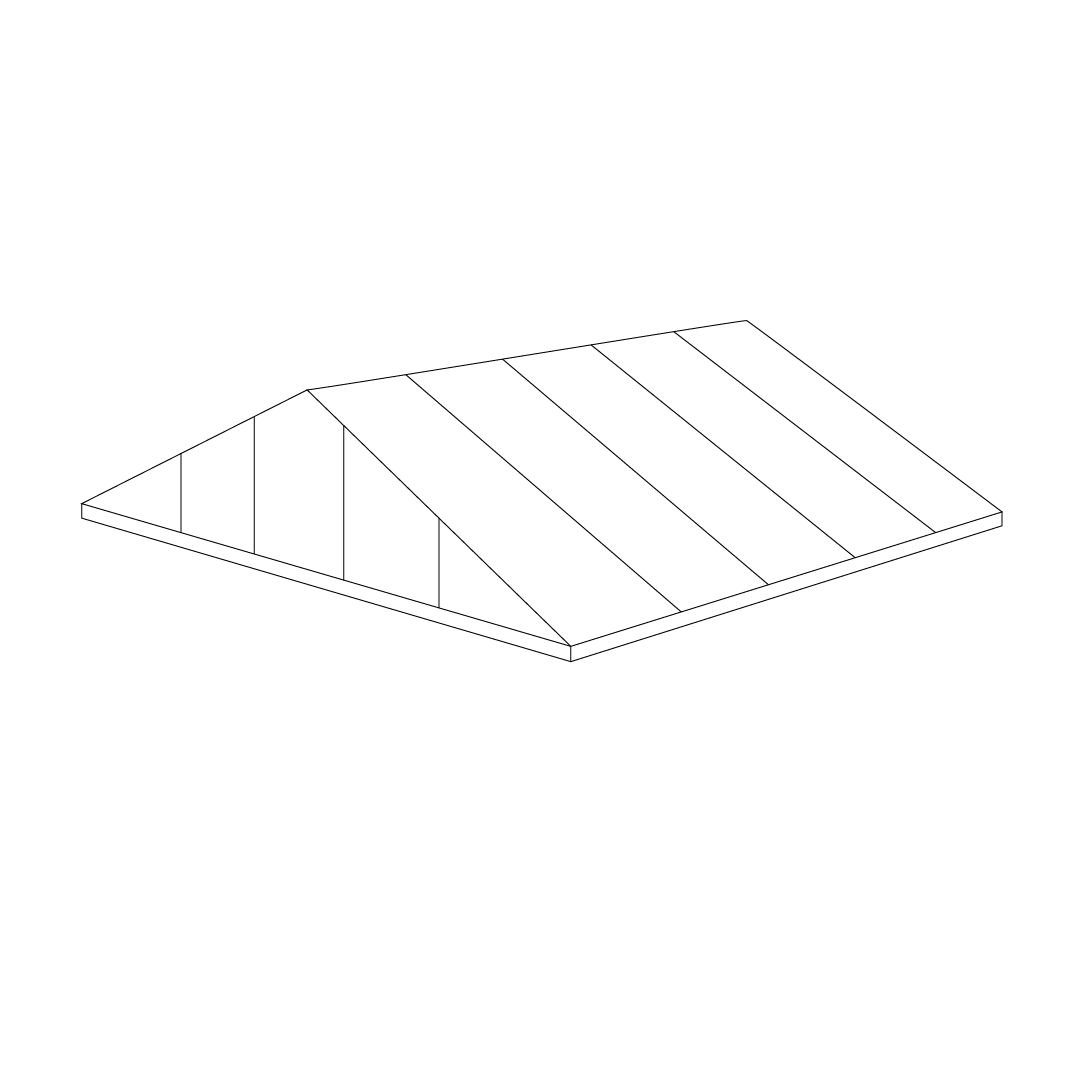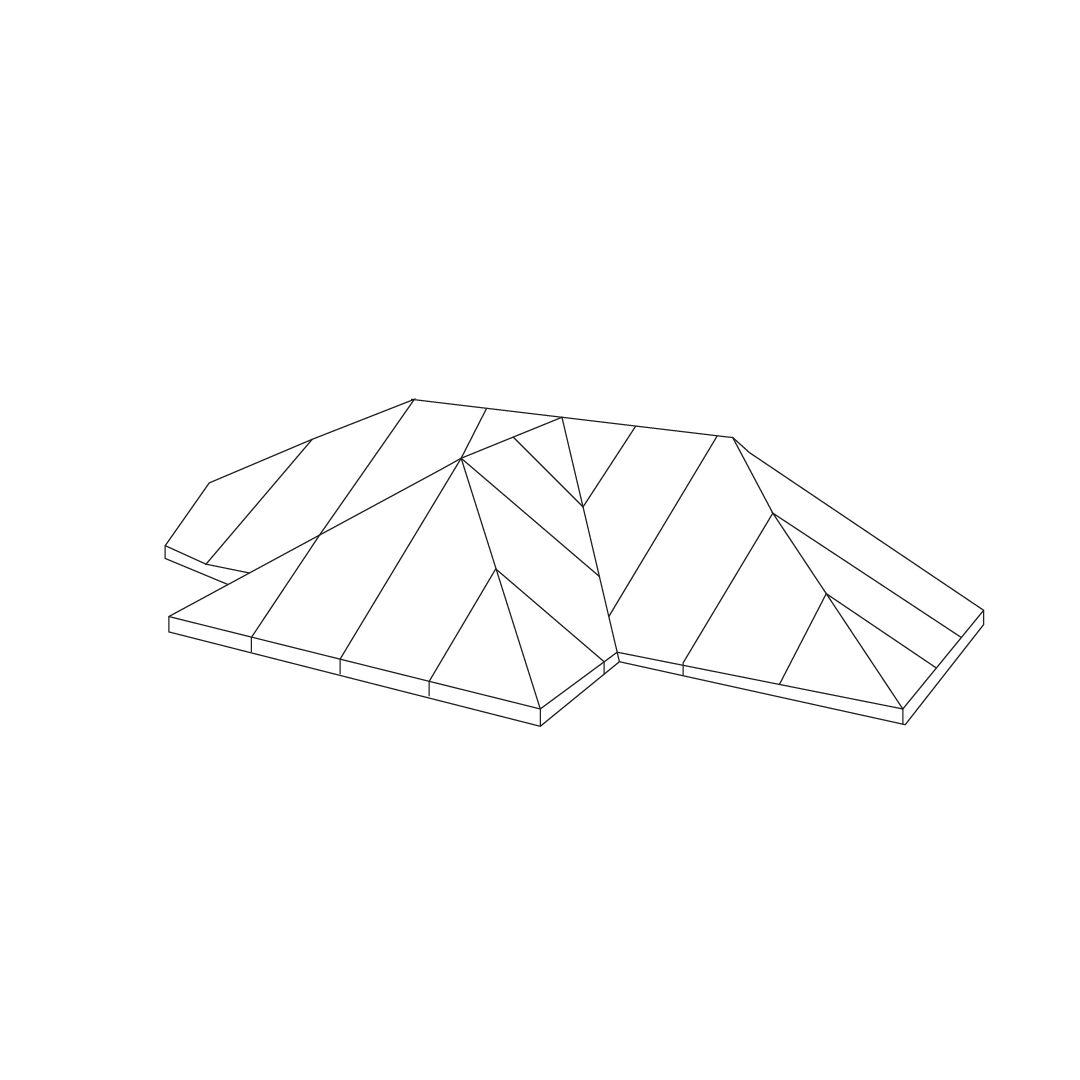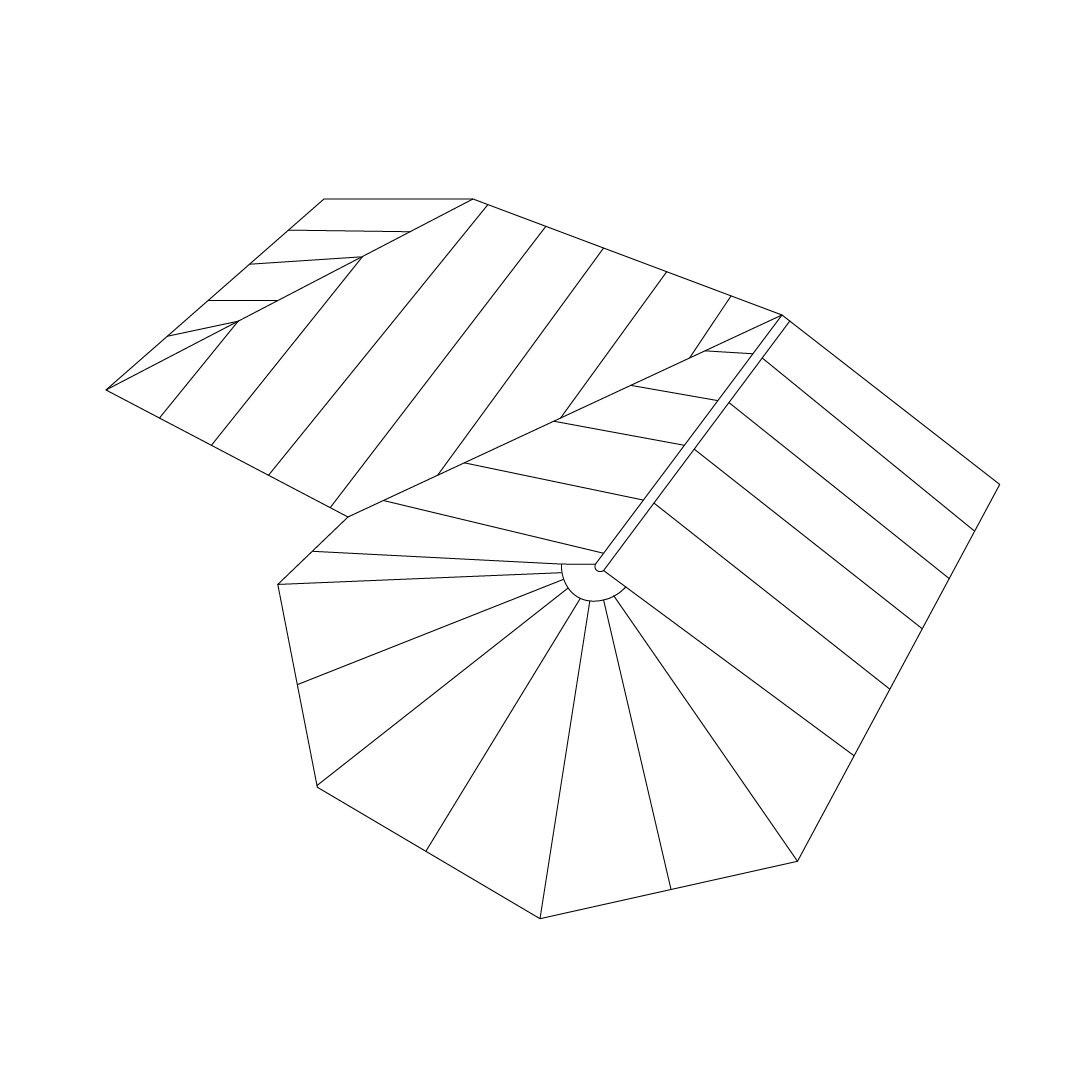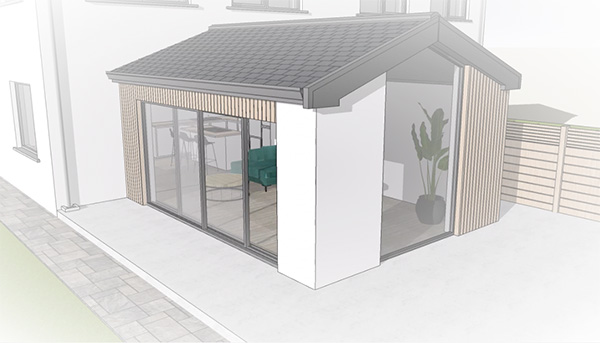When the Abbey Windows team speaks with both new and existing customers, there’s one hot topic on people’s minds – energy bills and how to save on them.
With the rising cost of living and the increasing importance of reducing our carbon footprint, there’s never been a better time to replace your windows with the most energy efficient windows on the market.
In this guide, we’ll help you to understand the key metrics around energy efficiency and your home improvements so you can make a sensible investment in the future of your home and enjoy a greener and money-saving lifestyle for you and your family.
What Is Energy Efficient Glazing?
This term applies to both double and triple glazing. Compared to single glazed or older double glazed windows, modern energy efficient windows include low-emissivity (low-e) glass to keep the heat in your home and stop it from escaping. This means that the money you spend keeping your home warm with your central heating is much better spent, as it won’t simply escape through your older, outdated windows.
We’ve found that the energy efficiency of windows is something that our customers want to talk more about – and understandably so. With this resource, we hope to help you understand more about low-e glass and energy efficient windows, so you’ll be armed with the most pertinent questions to ask and the right information to understand how much you can save.
How Much Money Can You Save?
Glass experts Pilkington have conducted research into low-emissivity glass and have found that replacing your windows with these energy efficient profiles can help to reduce your heating bills by up to 20% each year. This is a significant saving which adds up over time, making your new windows an excellent investment.
Additionally, low-e glass will reduce your carbon footprint by cutting down on your CO2 emissions – so you’ll be saving money at the same time you’re saving the planet. For both economical, ecological and ethical reasons, energy efficient windows and doors are the right choice.
Additional Benefits of Energy Efficient Windows
There’s more to energy efficient windows than just saving money and the environment, of course. When you choose these new windows, you’ll be investing in replacements that are simply better all around. Manufactured to the highest standards and expertly installed by our team, you’ll have a new and improved home that looks and feels better than ever.
Replacing your windows is a great way to commit to the future of your home and allow it to achieve its full potential. As well as the performance enhancements, this is an opportunity to renew your house’s style and kerb appeal. Alongside their low-e glass, energy efficient windows can be tailored to suit your specifications, in a range of colours and with various hardware options and accessories to choose from. There really is no need to compromise on style over performance – you will get the best of both worlds.
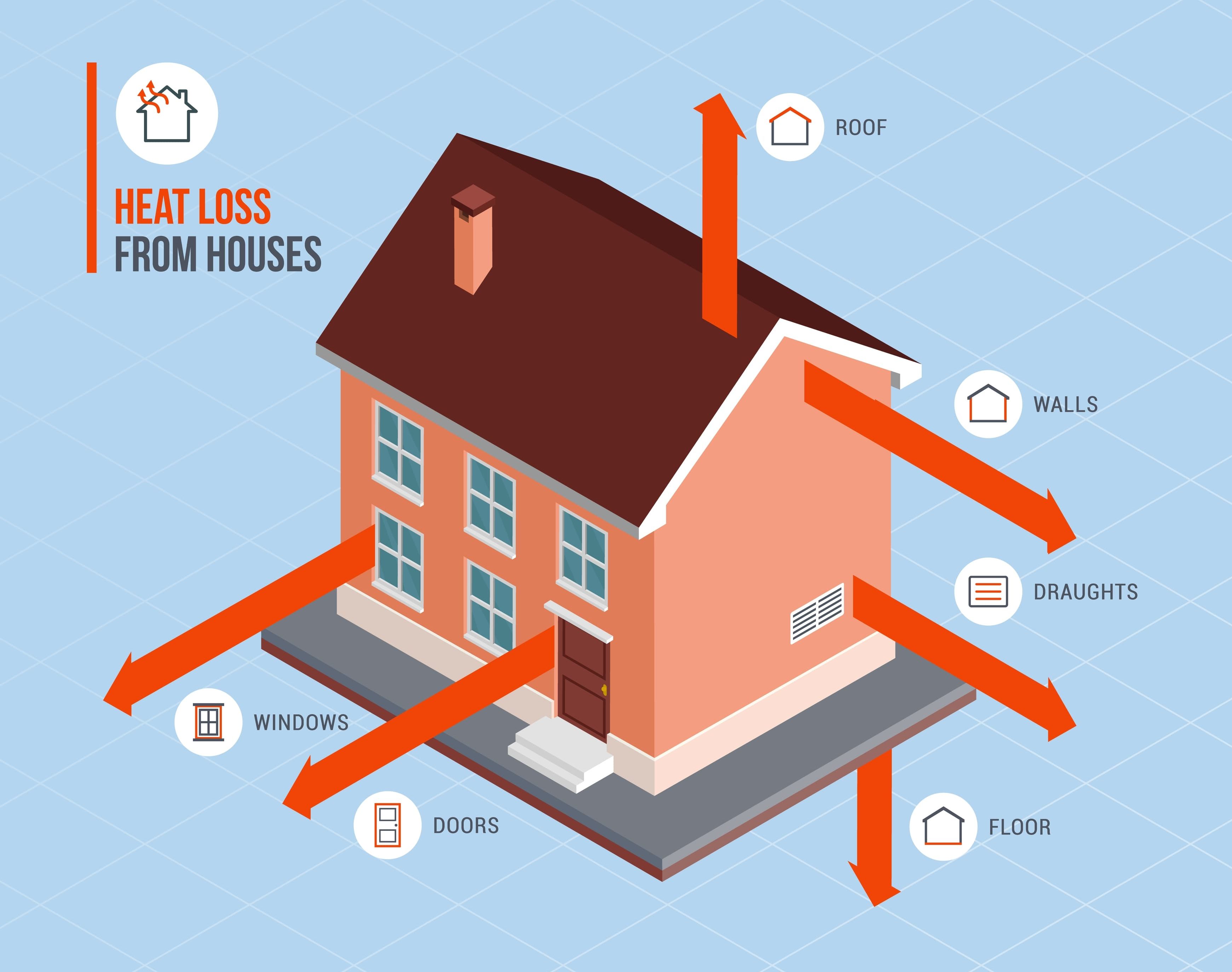
Window Energy Ratings Explained
The Window Energy Rating (WER) scale is a metric that allows you to quickly and easily see how your new windows will perform. It’s a simple scale with E at the lower end and A++ at the top, with A++ being the most energy efficient windows available. You’ll likely have seen something similar on household appliances, so this metric is clear to understand across the board.
Your replacement windows’ energy rating takes into account the overall performance of the window and all elements including the glass and frame to measure the amount of heat loss. This means that no element of the window can let the side down and detract from the energy efficiency, so you can be reassured that the heat transference from all aspects of your new window will be minimal and you can have total peace of mind in your energy- and money-saving investment.
This measure of energy efficiency focuses on heat transference, so it’s important to understand how this works. As heat always moves toward the cold, low-e glass works to actively prevent this with a durable coating. . Therefore, it doesn’t allow heat to transfer to the outside, keeping it in your home and limiting energy wastage. Windows that do this the most effectively will have a higher energy rating on the scale.
Understanding U-Values & G-Values
If you’re looking into energy efficiency ratings, you’ll likely see other metrics around including U-values and G-values. We’ll explain them simply below:
What Are U-Values?
U-value is a measure of how easily heat can pass through windows. The less heat is able to pass through, the lower the U-value. That means the lower the U-value, the better.
What Are G-Values?
G-value is a measure of how much solar heat can pass through windows. The less solar heat transference, the lower the G-value – so again, the lower, the better.
What Is A Good U-Value?
For some context, single glazed windows generally provide a U-value of around 5.88, so this is at the higher end and therefore not as good performance. Standard double glazing comes in at around 2.81. More advanced double glazed windows with Argon gas and low-e glass reduce this further to around 1.67.
As this data demonstrates, double glazing is a significant improvement over single glazing. As the numbers come down, the energy efficiency of your new windows and their WER improves significantly – and with that, you’ll be saving on your energy bills and reducing your carbon footprint.
On average, a house will lose around 40% of its heat through the windows and doors, so investing in more energy efficient profiles is a simple and cost effective way to reduce this massively.
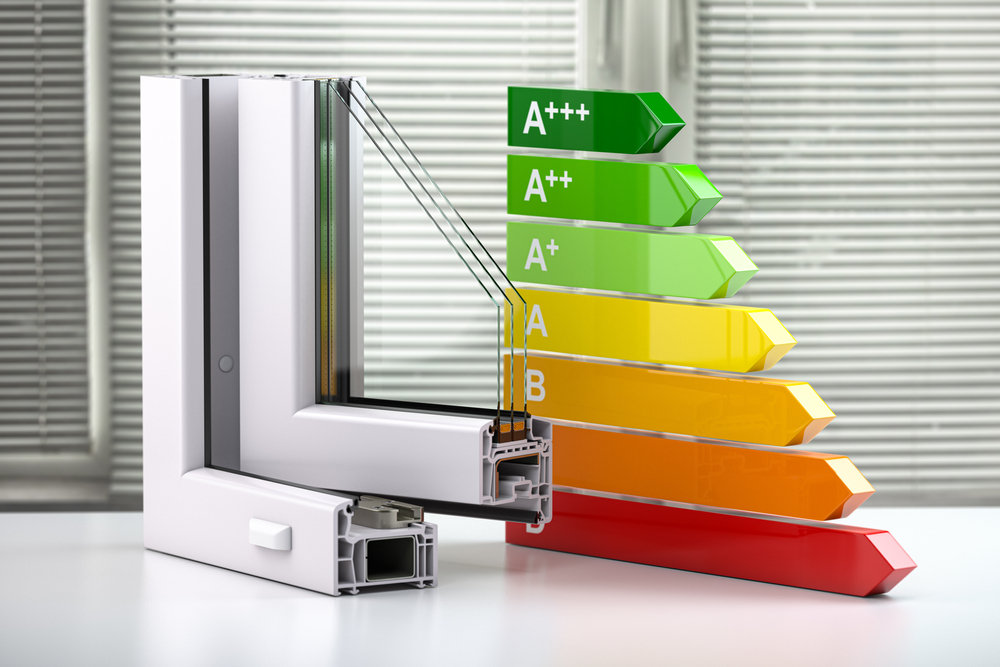
Energy Efficient Window Frames
While glass is a key factor, as we mentioned earlier, to get the right WER, your windows will need to perform on all fronts – including the frames. That’s why we provide frames from Liniar’s EnergyPlus profile range to offer our customers some of the most energy efficient windows on the market.
Liniar’s uPVC profile allows installers like us to offer energy efficient windows that can achieve a WER of A+ with ease, and even an A rating when less energy focused glass is chosen. It doesn’t require any expensive thermal inserts to improve its performance further.
The standard profile from Liniar is already exceptionally thermally efficient, but the six chambered EnergyPlus profile is unparalleled, stopping heat from escaping and cold air from creeping in. This allows it to achieve U-values and energy ratings similar to triple glazing. With the right glass and installation, it’s easy for EnergyPlus windows from Liniar to achieve the coveted A++ WER.
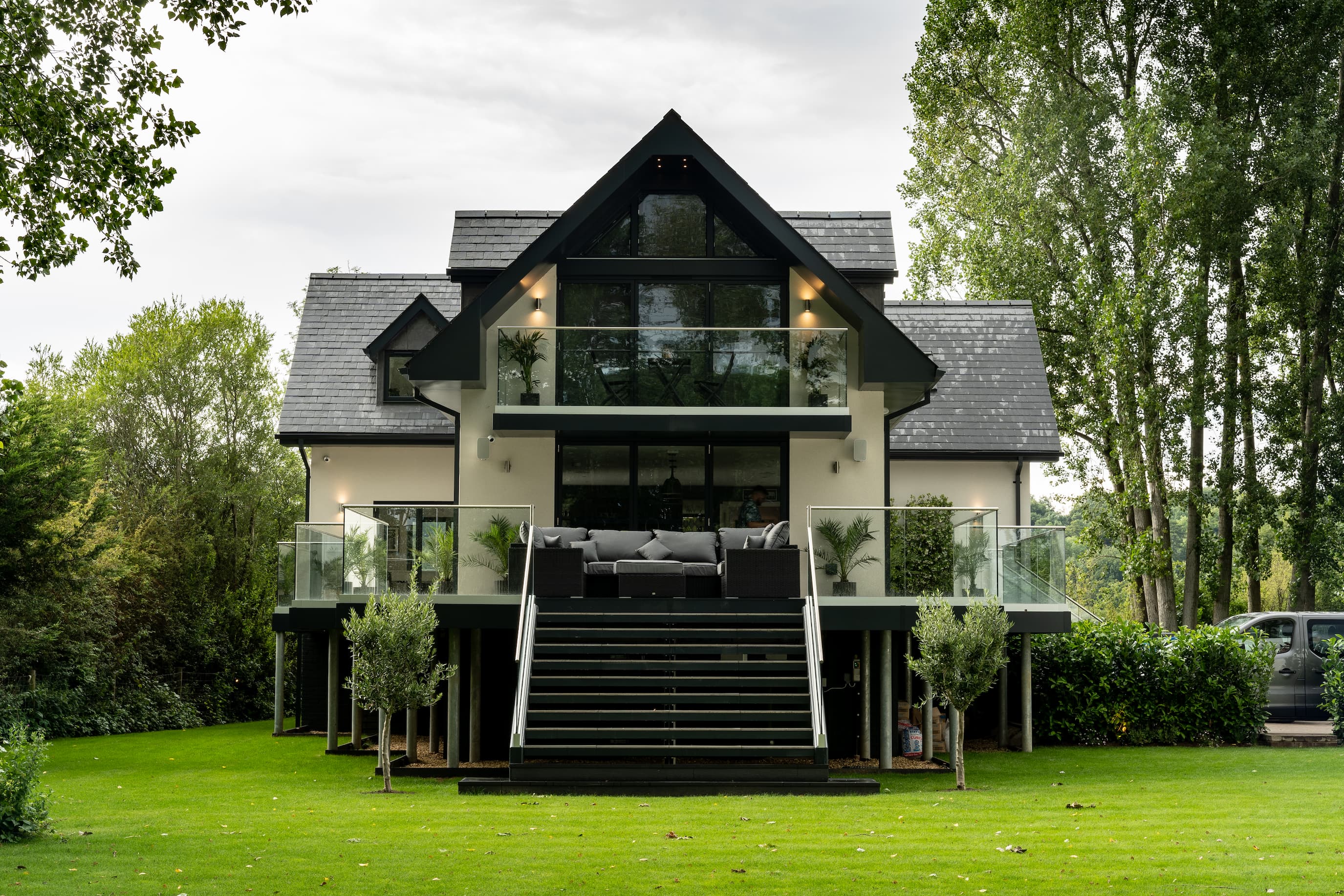
Energy Efficient Glazing from Abbey Windows
Here at Abbey Windows, we’re proud to offer a range of thermally efficient replacement windows to help you save on your energy bills and reduce your carbon footprint for a greener and more sustainable lifestyle.
Our award winning Homeguard glass offers an incredible 1.2 U-value – you can see how this stacks up against the averages above, as a drastic improvement over single glazed windows and even most other double glazed windows on the market. In addition to the thermal benefits, this glazing option provides noise reduction properties so you can have total peace of mind – all while being around 10% more cost effective than triple glazing!
Free Quote for Energy Efficient Windows
For the finest energy efficient windows in Reading and the surrounding areas, get in touch with the team at Abbey Windows. Using our online quoting tool, you can get an instant, competitive price for your replacement windows, so you can reduce your carbon footprint and save money on your energy bills.
If you’re replacing your windows, choose a company you can trust. We’ve been installing windows and doors in Reading and across the Thames Valley since 1986, so you know you can rely on us. With countless five-star reviews across Google, Checkatrade, Trustpilot and more, you don’t just have to take our word for it.
Get your free energy efficient window quote today!
